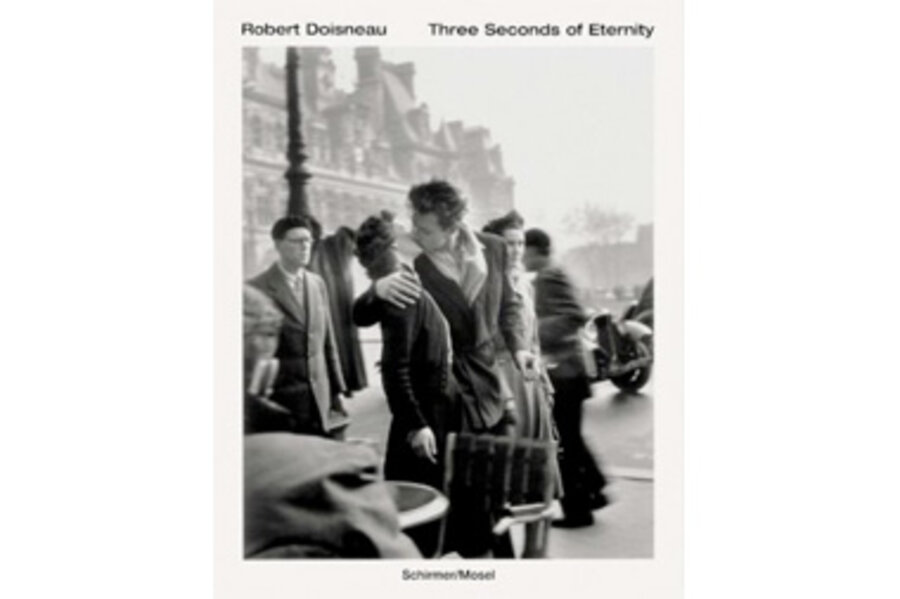Robert Doisneau, who was born in Gentilly, France in 1912, was a pioneering French photographer who is best known for his images of everyday citizens living in Paris, including the famous "Kiss by the Hotel de Ville." Doisneau worked for various agencies and publications throughout the course of his career, including the Rapho photography agency, Life Magazine and Vogue. According to some sources, he was so shy that he took photos of cobblestones on Paris streets before mustering the courage to take pictures of people.
Doisneau served in the military in World War II and, because of his drawing skills, was able to create false papers for those taking part in the French Resistance. He was appointed into the National Order of the Legion of Honor as a chevalier, or knight, in 1984.
He lived in various southern parts of Paris throughout his life. His photograph "Kiss" attracted scandal when, after lawsuits, Doisneau revealed that the photo had been staged, taken after he saw the couple depicted kissing and asked them if they'd be willing to pose.
"They show the world as I would like it to be at all times," Doisneau reportedly said of his photographs.
The photos for "Three Seconds" were selected by Doisneau himself, and the book includes an essay written by the photographer detailing his process and time spent with the everyday citizens he captured.







